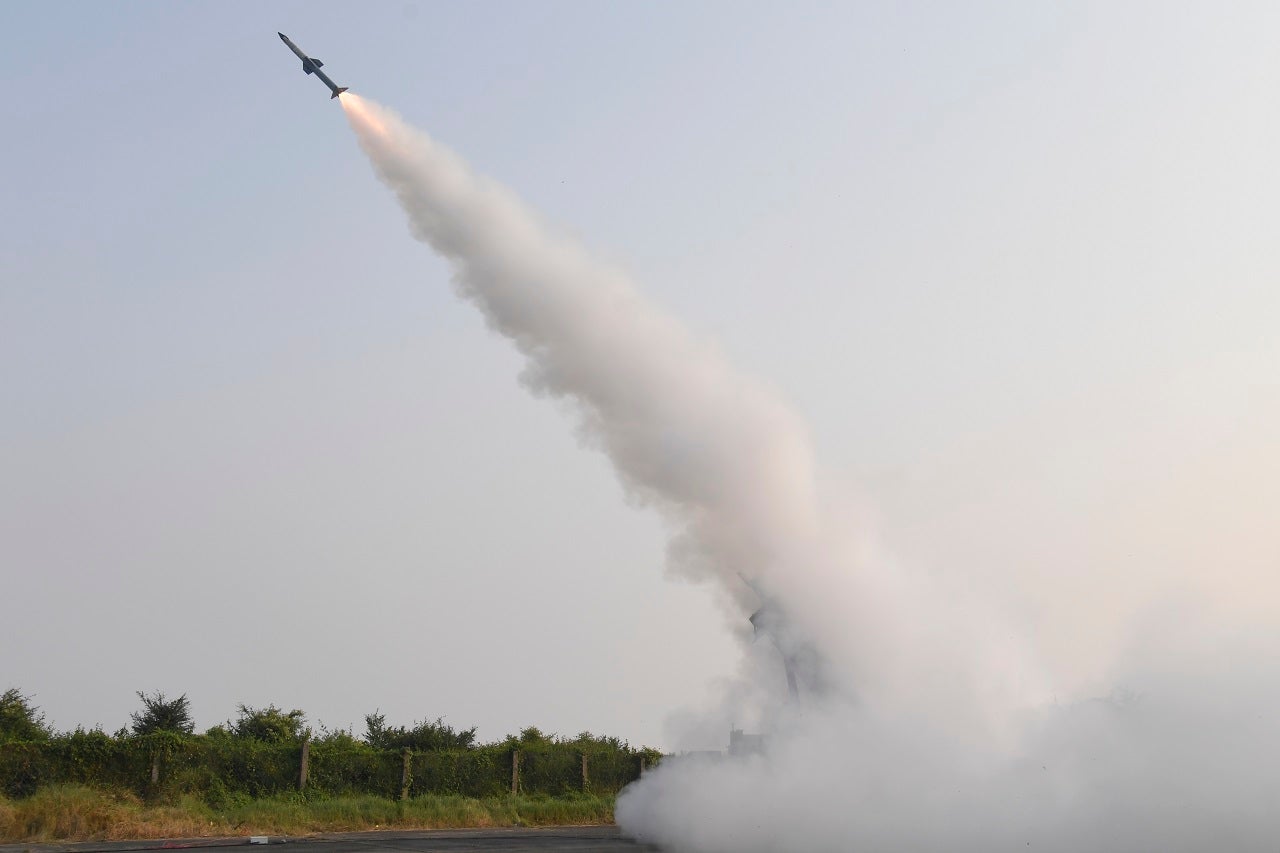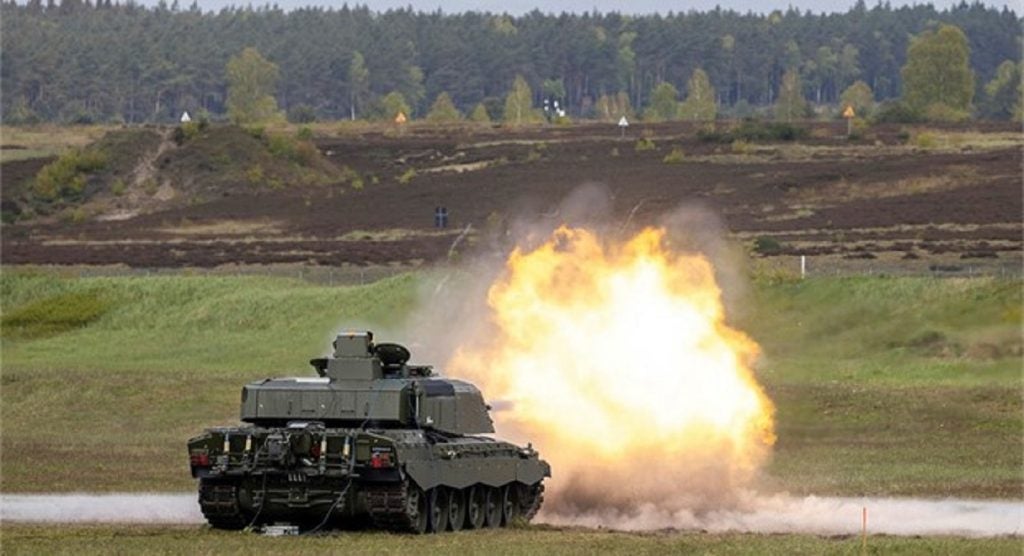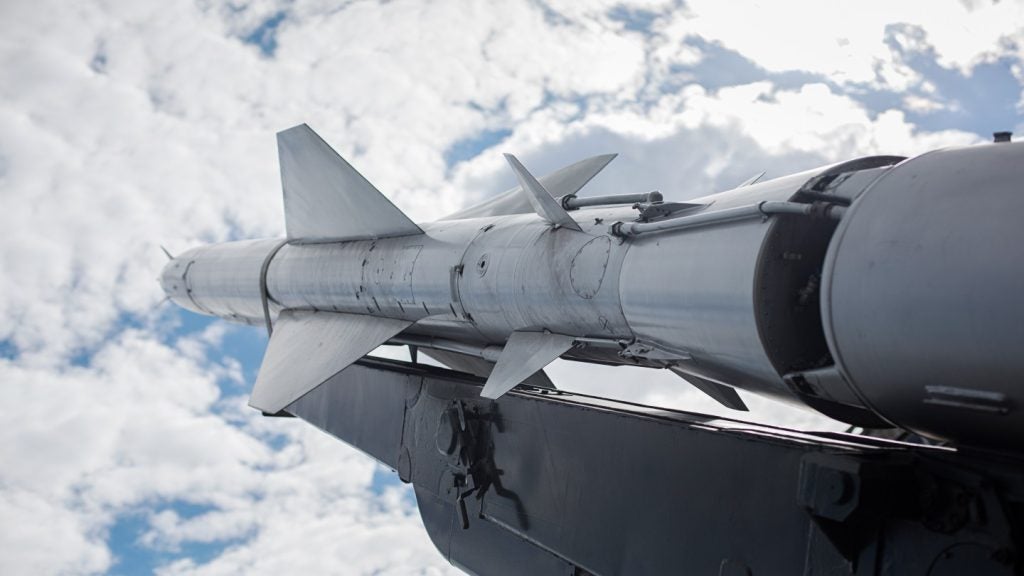
The Indian Ministry of Defence (MoD) has announced the completion of the second testing of Quick Reaction Surface-to-Air Missile (QRSAM).
The test is claimed to prove the warhead’s performance parameters.
The system was fired against a Banshee pilotless target aircraft. It is claimed to have tracked and neutralised the airborne target.
The test was carried out by the Defence Research and Development Organisation (DRDO) on 17 November.
DRDO conducted the second test at the Integrated Test Range at Chandipur, which is located off Odisha coast, India.
The target was acquired by the radars from a long range, following which, it was tracked until the mission computer launched the missile automatically.
How well do you really know your competitors?
Access the most comprehensive Company Profiles on the market, powered by GlobalData. Save hours of research. Gain competitive edge.

Thank you!
Your download email will arrive shortly
Not ready to buy yet? Download a free sample
We are confident about the unique quality of our Company Profiles. However, we want you to make the most beneficial decision for your business, so we offer a free sample that you can download by submitting the below form
By GlobalDataThe radar data link provided continuous guidance.
QRSAM entered the terminal active homing guidance and then reached the target close enough to have proximity operation of warhead activation.
The flight test was carried out in the deployment configuration of the QRSAM weapon system elements such as the launcher, fully automated command and control system, surveillance system and multi-function radars.
It can detect and track targets on the move and engages with the target with short halts.
Radar, telemetry and electro-optical sensors and other range instruments were deployed during the flight test.
The test saw participation from ARDE and R&DE(E) from Pune, LRDE Bengaluru, and IRDE Dehradun as well as Missile Complex Laboratories from Hyderabad and Balasore.
On 13 November, Indian MoD announced the completion of the first testing of Quick Reaction Surface-to-Air Missile (QRSAM).







